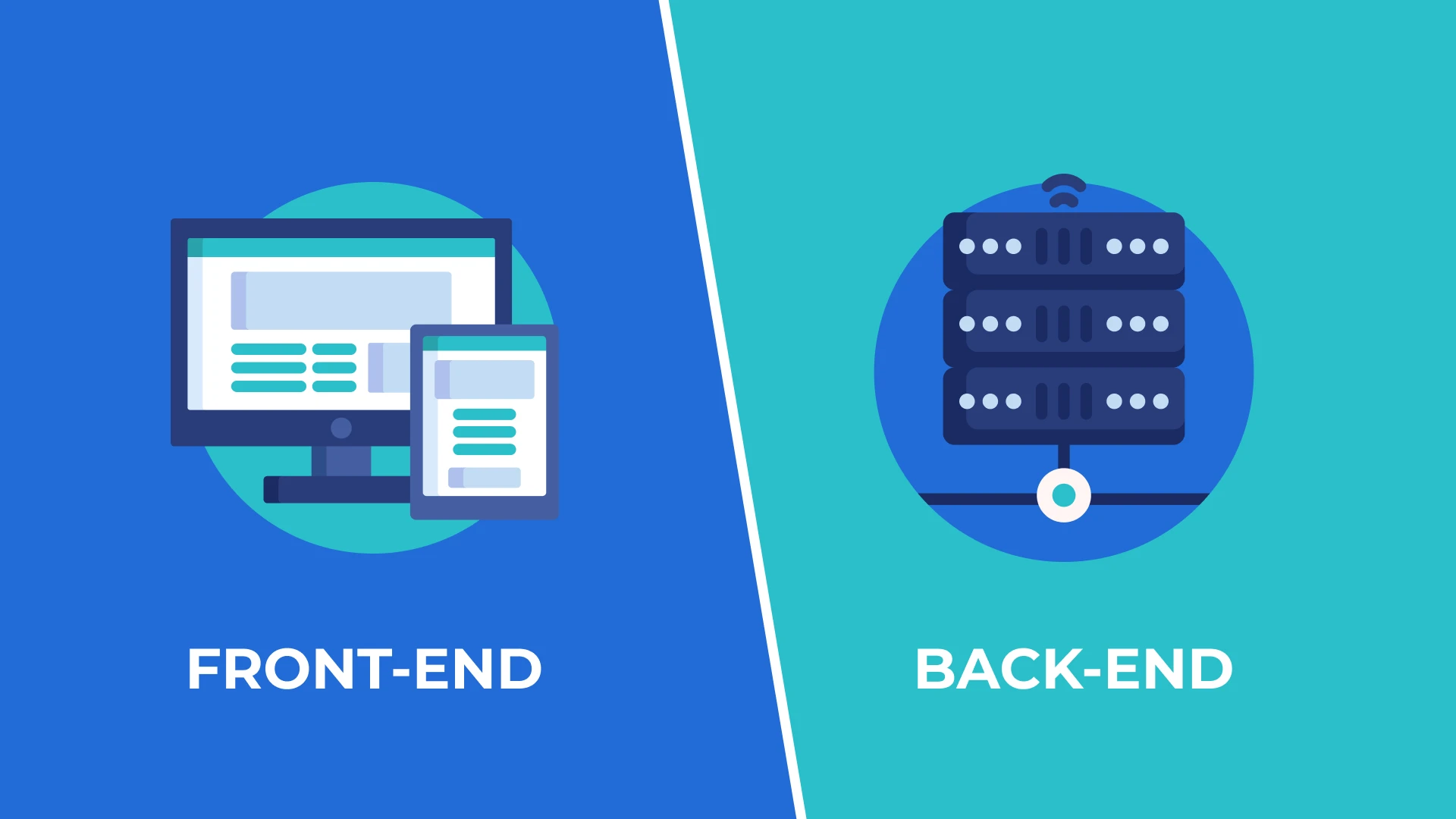The ins and out of Frontend and Backend Development
Understanding frontend and backend development

Web development is one of the most popular forms of software development. Web development covers any type of software or program that runs or interacts with the Internet. A website is the most common example of what web development produces. And then you have backend and frontend development as two distinct areas of web development that focus on different aspects of a web application. Let's go over the differences between frontend and backend development.
# Frontend Development
Frontend development involves creating the user-facing part of a website or web application. It focuses on the visual and interactive elements that users see and interact with directly. Here are some key points:
Technologies: Frontend development primarily involves HTML, CSS, and JavaScript. HTML is used for structuring the content, CSS is used for styling and layout, and JavaScript is used for adding interactivity and dynamic behavior.
User Interface (UI): Frontend developers are responsible for designing and implementing the UI components of a website or application. This includes creating layouts, selecting appropriate fonts, colors, and images, and ensuring a responsive design that works well on different devices and screen sizes.
Interaction and Responsiveness: Frontend developers focus on creating a smooth and intuitive user experience by implementing interactive features, animations, and handling user events. They ensure that the website or application responds to user input and updates the UI accordingly.
Browser Compatibility: Frontend developers need to consider cross-browser compatibility, as different web browsers may render HTML, CSS, and JavaScript in slightly different ways. They need to test and ensure that their code works consistently across different browsers.
# Backend Development
Backend development involves building the server-side logic and infrastructure that powers a website or web application. It handles data storage, processing, and communication with the frontend. Here are some key points:
Technologies: Backend development involves working with server-side languages like Python, Ruby, Java, or JavaScript (Node.js). Additionally, frameworks and technologies like Django, Ruby on Rails, Express.js, or Flask are often used to streamline development.
Data Management: Backend developers handle data storage and retrieval, typically using databases like MySQL, PostgreSQL, MongoDB, or Oracle. They design and implement the database schema, handle data validation, and ensure data integrity.
Server-Side Logic: Backend developers write code that runs on the server and processes requests from the frontend. This includes handling user authentication, managing sessions, implementing business logic, and integrating with external APIs or services.
Performance and Security: Backend developers optimize server performance by writing efficient code, implementing caching strategies, and scaling the infrastructure as needed. They also focus on security measures, such as data encryption, input validation, and protection against common web vulnerabilities.
APIs and Integrations: Backend developers often build and maintain APIs (Application Programming Interfaces) that allow the frontend to communicate with the server. This enables data exchange, integration with external services, and supports mobile or third-party application development.
Frontend and backend development work together to create a fully functional web application. They collaborate through APIs, where the frontend sends requests to the backend for data or performs actions, and the backend processes those requests and responds accordingly. Both areas require different skill sets and expertise, but they complement each other to deliver a complete web experience.
